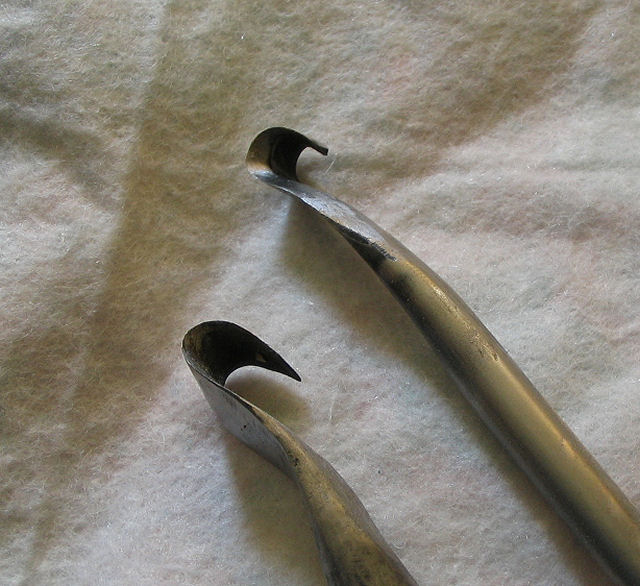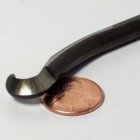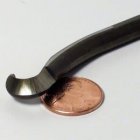I now have a hatred of turning wet maple! Rounding it, no problem. Trying to make a box with it..... grrrrr, I went through a lot of wood today. I know it is more than likely my inexperience, but, grrrrrr!! I don't have a scraper like I see being used in the videos so I use what I have, a 1/2 inch bowl gouge.... holy cow when that thing grabs.... hold on for dear life!! Scraper should be here friday... LOL I am going to drive my wife nuts watching more videos tonight.... hehehe I turned a piece of dry oak firewood into a fairly nice handle for another gouge I ordered. Came out fairly nice so I know that wet stuff does not like me.
All I have to say.... I gotta take a class. Darn Corvid! With both us having health problems, we are on lockdown by order of the kids.
All I have to say.... I gotta take a class. Darn Corvid! With both us having health problems, we are on lockdown by order of the kids.



